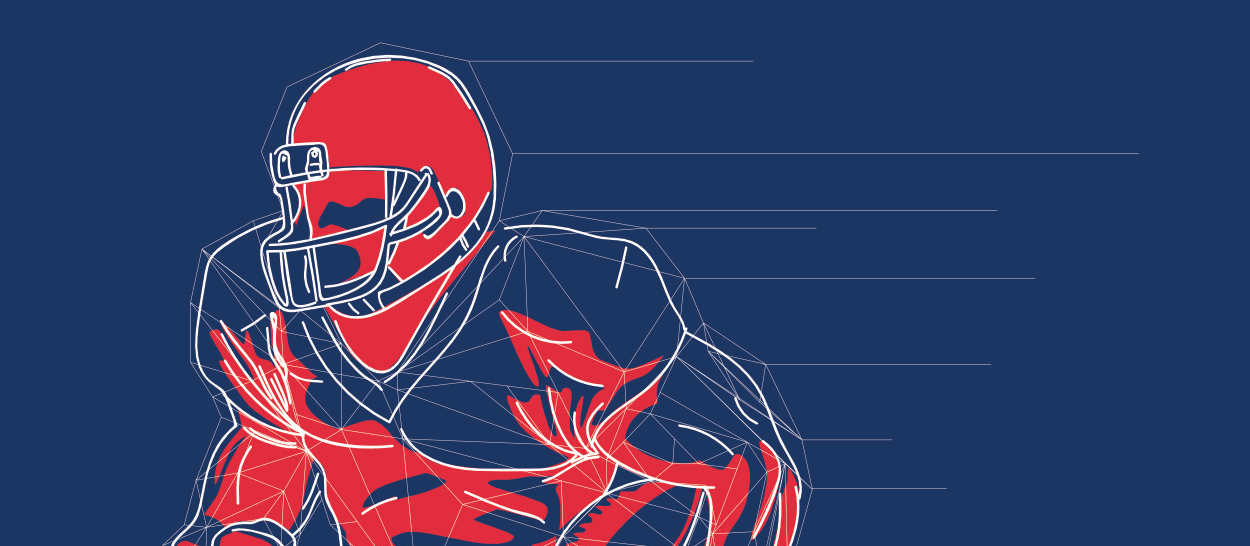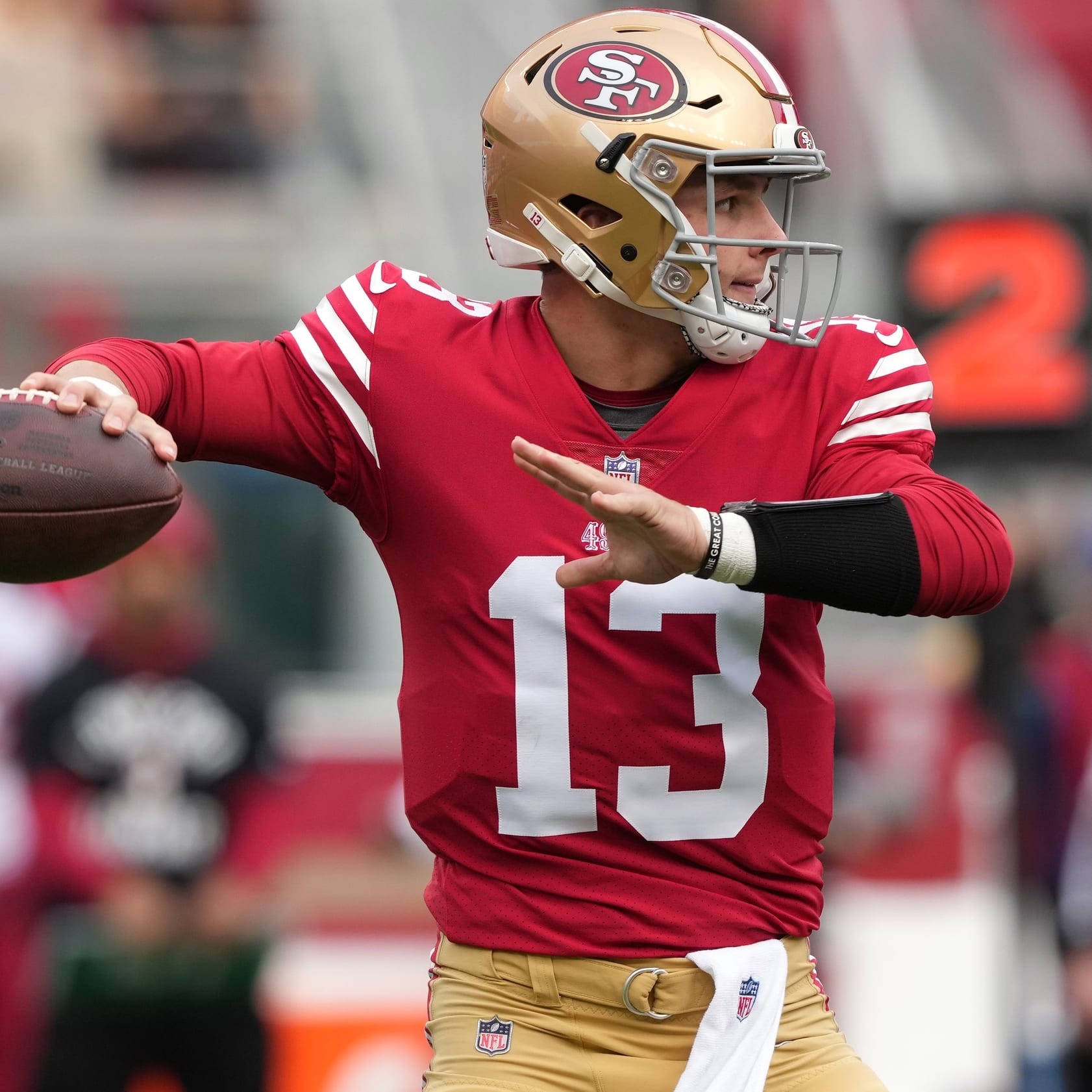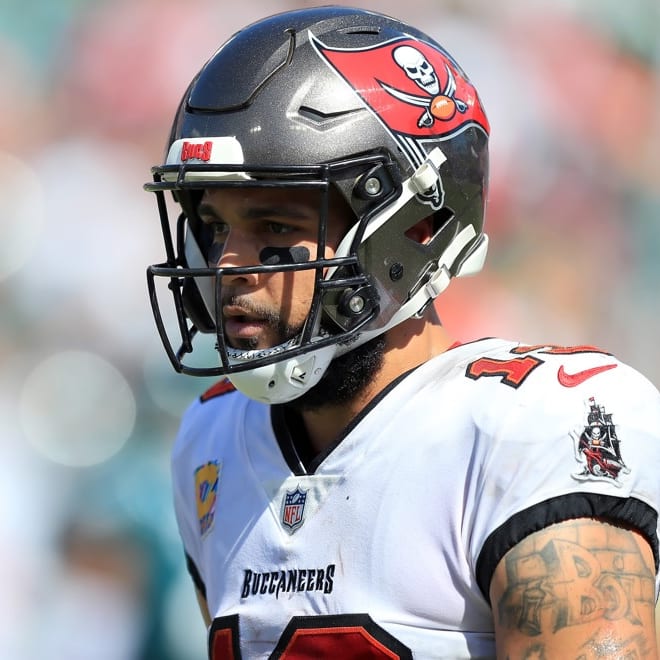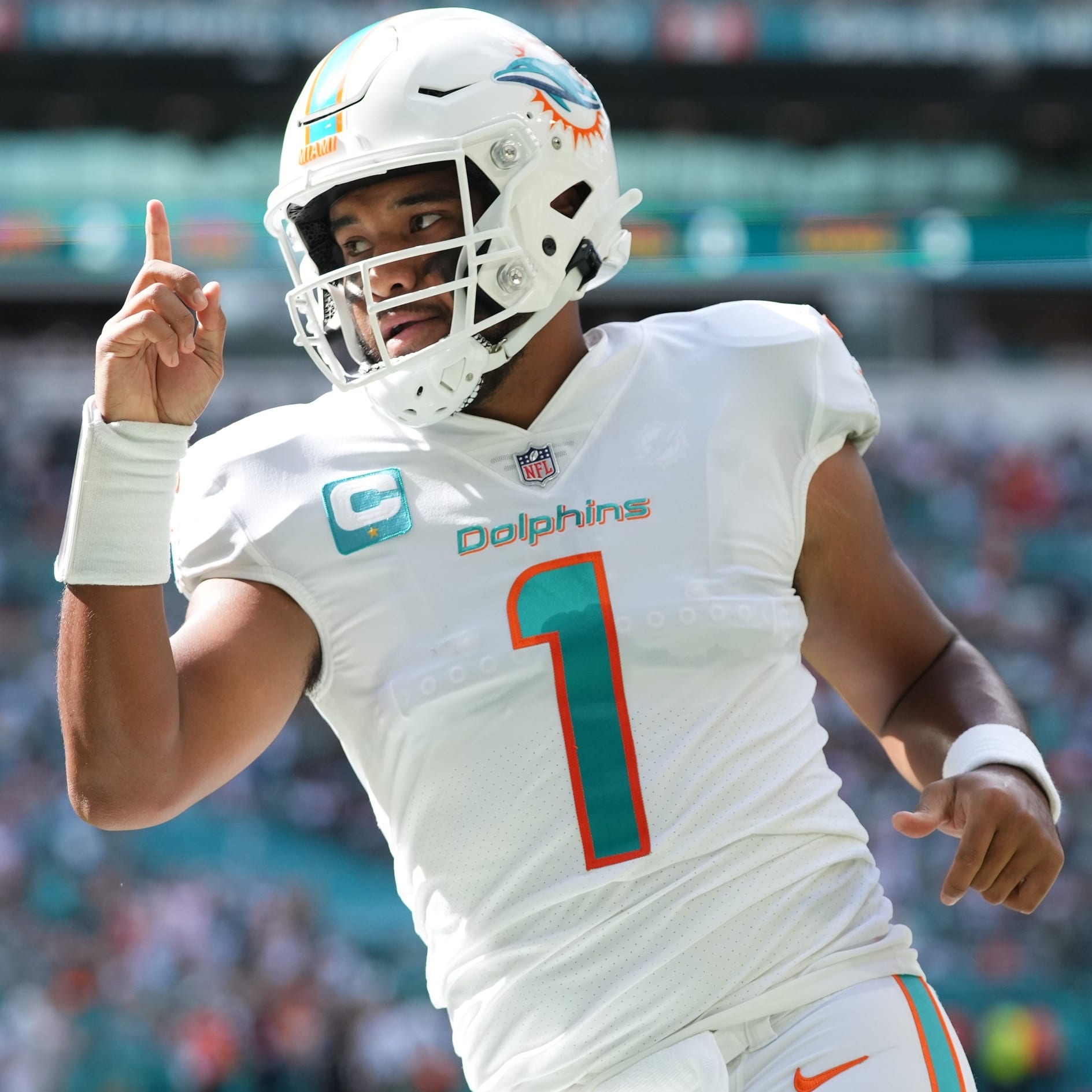This article is part of our On Target series.
With uncertainty at running back in fantasy football, tight ends and wide receivers might be the most important sections of a fantasy football lineup this season. The popularization of the Zero RB concept places extra importance on drafting pass catchers who are capable of exceeding their ADP and finding this year's equivalent of Josh Gordon and Alshon Jeffery. That requires patience on the part of fantasy owners with players like Justin Hunter and later fliers like Brian Quick, or tight ends like Ladarius Green and Travis Kelce. Dropping a player who goes on to post a top-24 season at their position is incredibly frustrating, and so first this year's first "On Target," let's look at a way to avoid that mistake.
An Introduction To Market Share
The path to failure in fantasy football is fraught with overreactions and valuing results over process. I have found that a way to fight through the noise that could lead you to doing things like dropping Alshon Jeffery in week 3 last season, when he had only six catches for 53 yards, is to look at market share of targets. Market share is a simple concept, namely it is the percentage of targets of an offense that a player receivers, rather than simply looking at their raw target number.
Jeffery's stat line was deceiving. Despite only six catches in the first two weeks, he had been targeted 13 times, gaining almost a 20 percent market share of the Bears pass attempts to that point. For comparison's sake, Calvin Johnson only had a 24 percent market share in the Lions offense last year. Among loads of other reasons, including the brilliance of Chicago coach Marc Trestman, Jeffery's pedigree as prospect and his physical frame, market share indicated that cutting bait on Alshon would be foolish. The concept isn't foolproof, as you'll find with most everything in fantasy football, but it is one of the better ways to find out if you're coveted pass catcher is in your teams plans or not.
By profiling pass catchers in terms of physical profiles (weight is correlated to touchdowns, and 74 percent of the double-digit TD seasons in the last five years have come from players 6-foot-2 or taller) and looking at their market share of targets, we can avoid the pitfalls of dropping future studs.
Five Pass-Catchers To Watch Week 1
Travis Kelce, Kansas City Chiefs
Travis Kelce started this offseason as a young tight end, coming off a microfracture surgery who barely had an ADP. After a 70-yard touchdown in the Chiefs' first preseason game, however, the masses began to take notice of the Gronkowskian size and speed of Kelce. As many breakout tight-end candidates, however, his role in his offense is not yet defined. Kelce should be an option for Week 1 and beyond, but the Chiefs' first game against the Titans will tell us plenty about how the Chiefs view Kelce. Historically, Andy Reid has made his tight ends usable fantasy options (Brent Celek, Chad Lewis, L.J. Smith), and it's clear that Kelce is a better player in terms of creating points than Anthony Fasano. With Dwayne Bowe suspended, Kelce should have every opportunity to prove himself. If he is unable to get involved in the passing game, then there will be some real red flags about Kelce's usage.
Justin Hunter, Tennesee Titans
Hunter had 18 receptions last season and four went for touchdowns. That sort of conversion rate and his height (6-4) and weight (203) puts him in rarefied air with players like Josh Gordon and A.J. Green. Hunter's big wart as a prospect was a lack of weight. Rarely are beanpoles capable of carrying over dominance from the collegiate level, so it was incredibly encouraging this offseason when multiple reports noted that Hunter had made a concerted effort to put on weight. Hunter's self-stated goal is 60 catches, but if he is able to dispatch Nate Washington, that's clearly underselling. The main key to watch week 1 is if he's able to be a larger part of the passing game than Washington, and if he functions as the team's primary redzone weapon.
Ladarius Green, San Diego Chargers
Noticing a trend among these first three players? All tall, all heavy, all fast and all were not the main focus of their offenses in 2013. A huge problem in fantasy analysis and in turn, fantasy players, is a tendency to underreact to meaningful change. Ladarius Green played more snaps than Antonio Gates in the divisional round of the playoffs last season and is, at this point, just the better player. The only problem is ... the San Diego Chargers hate touchdowns. Last season, they played Vincent Brown more than 900 snaps, the 24th most at the position. Brown scored one touchdown, had only 91 yards of YAC, generated only one missed tackle and gained only .91 yards per route ran, which was 143rd among all WRs just below such luminaries as Jason Avant and Myles White (courtesy Pro Football Focus). So, if the Green doesn't get to play much in 2014, it wouldn't exactly be out of their wheelhouse. Look at the Chargers box score the first week of the season carefully, especially to see if he is able to out-target Antonio Gates.
Jarrett Boykin, Green Bay Packers
Unlike the preceding three players, Boykin is not fast. I've compared him to a Vincent Brown with prerequisite size to play in the NFL. He ran a 4.62 40 at the combine, which is more of a time for a tight end and really lowers his success rate. Fortunately for Boykin, he has the best quarterback in the world throwing him the ball, and if he holds the WR3 job in Green Bay all season, he'll destroy his ADP despite physical shortcomings. A really important thing to look for in Week 1 and the first quarter of the season is going to be Boykin's use in Green Bay's offense. Whereas James Jones was still able to function behind Randall Cobb and Jordy Nelson, I'm not sure that Boykin will be. Devante Adams and Jeff Janis are both supremely talented players, much more so than Boykin, so if he is uninvolved early on, it will likely be an indication that Green Bay intends to move on from him.
Jeremy Maclin, Philadelphia Eagles
The Philadelphia Eagles offense is fascinating for fantasy football. We all agree that Chip Kelly is an offensive mastermind, that they're going to score a bunch of touchdowns and that a significant proportion will come through the air. Yet, come draft season, no Eagles pass catcher had an ADP before round 8. Maclin was the highest of all, with the assumption being that the Eagles will use him in a similar role to Desean Jackson was last year. If that is the case, then Maclin likely will be a season-long anchor to fantasy football owners who drafted him later. However, another tenet of Chip Kelly offenses is spreading the ball around. With the expected emergence of Zach Ertz and the drafting of superstud Jordan Matthews, the writing seems to be on the wall that there will be a platoon approach in the receiving game. Early in the season, if Maclin maintains a similar market share to Desean Jackson in 2013 (24 percent), he is a buy candidate. If he takes on more of a tertiary role, he's a sell candidate.












